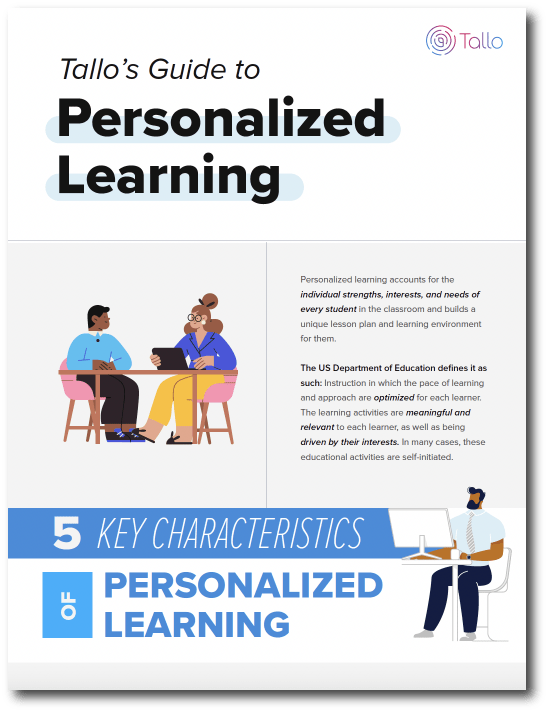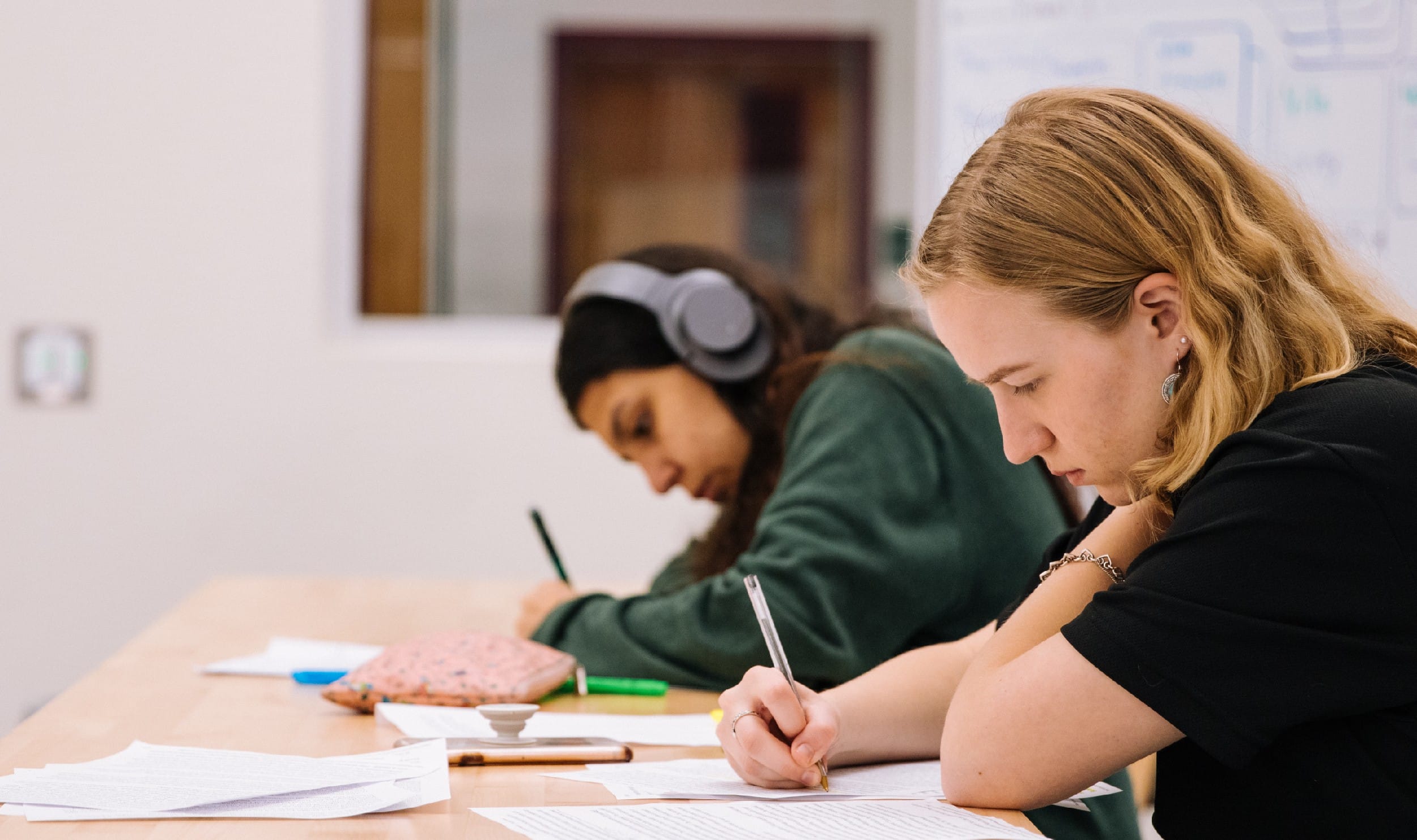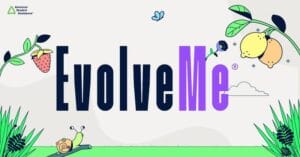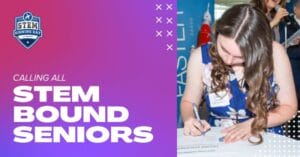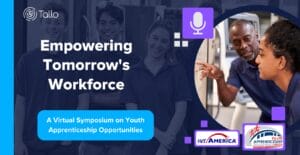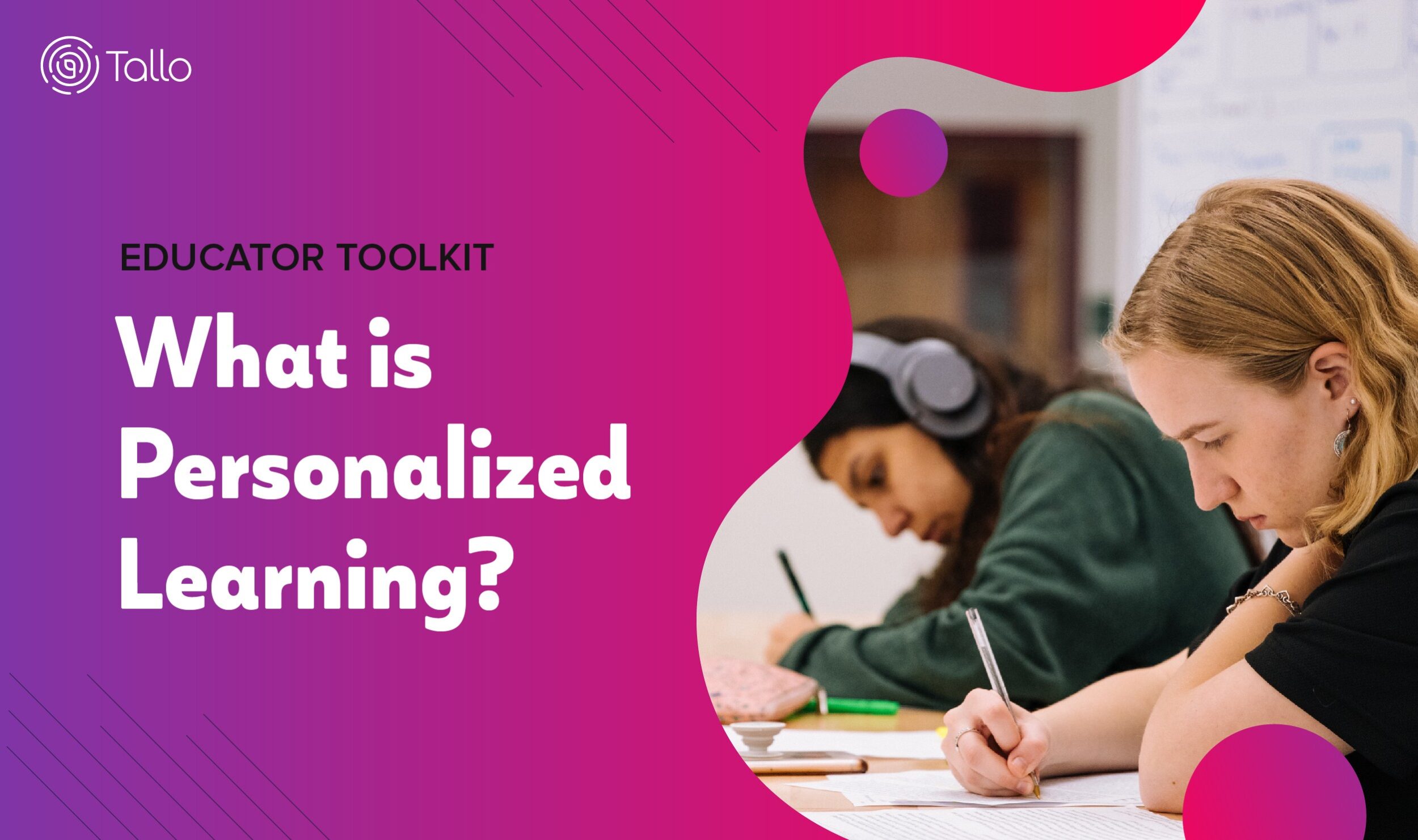
In the past, lesson plans were written in a vacuum, with various standards that were required by the school board and the Department of Education. Now, teachers across the country are incorporating a new strategy: personalized learning.
What Is Personalized Learning?
Personalized learning accounts for the individual strengths, interests, and needs of every student in the classroom and builds a unique lesson plan and learning environment for them. The US Department of Education defines it as such: Instruction in which the pace of learning and approach are optimized for each learner. The learning activities are meaningful and relevant to each learner, as well as being driven by their interests. In many cases, these educational activities are self-initiated.
This may seem like a challenging task. How can you possibly account for every single student? That mindset is what kept us in a one-size-fits-all classroom, and it meant that certain students were at a disadvantage. Now, we are allowing for students to collaborate with teachers and educators, making it easier for them to take ownership of their learning and career planning.
5 Key Characteristics of Personalized Learning
The International Association for K-12 Online Learning identifies that Scott Benson, Program Officer for Bill & Melinda Gates Foundation, established four key attributes for personalized learning in 2013. Educators in the field added a fifth. They are:
- Learner Profiles: Each student has individual skills, including strengths and weaknesses, interests and aspirations, that need to be accounted for in their learning profile. Knowing these profiles allows educators to build personalized learning plans for each student.
- Personal Learning Paths: Using each student’s learner profile, an individual path to knowledge must be crafted. Learning goals, objectives, and mastery is defined by the student, not a predetermined standard. This allows each learning experience to be unique to the student.
- Individual Mastery: Assessments must be given to monitor student mastery of various concepts, and these assessments should follow standards and goals established between the educator and the student. Students can work at their own pace to meet these goals and demonstrate knowledge.
- Flexible Learning Environments: Teachers and educators need to provide multiple options for how students can receive instruction and support for their learning. This allows learners the opportunity to gain knowledge in the best way possible for them.
- Student Agency: Students have the right and should be encouraged to control how they learn. Teachers should help them build a learning process that works for them, students should have the choice in how they want to demonstrate their learning via tests, quizzes, and other such assessments.
The goal of personalized learning is to ensure that students have the ability to learn in the best way for them, but there are plenty of benefits that come with this style of teaching and learning.
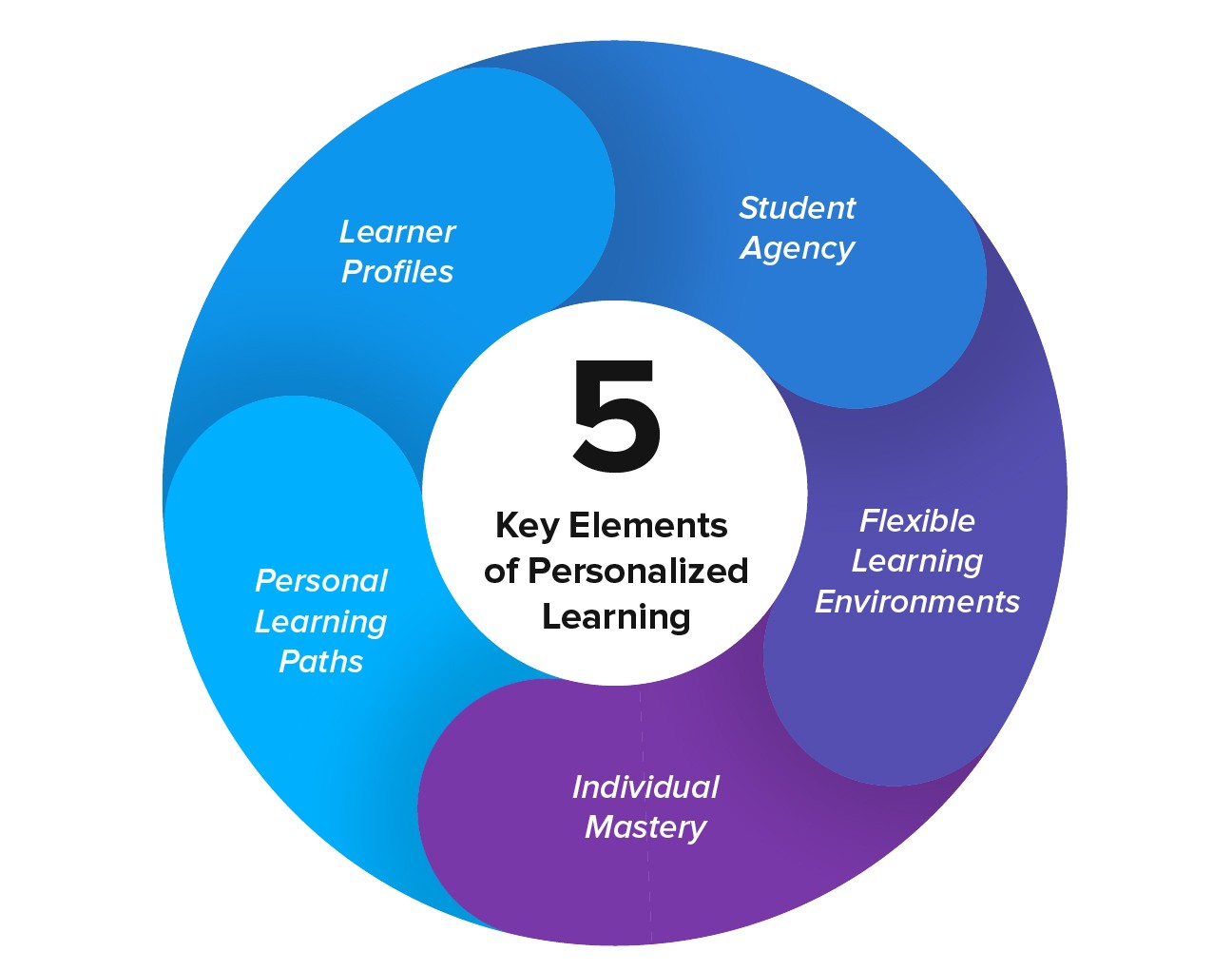
5 Benefits of Personalized Learning
Providing a tailored learning plan for each student doesn’t just benefit them, it benefits the teachers too. With personalized learning, educators are able to adequately support and plan for students’ needs. They also have a better understanding of how each student learns, and they can appropriately assess the student’s progress. Here are some additional benefits of personalized learning:
- Students can master their subjects.
By allowing each student to work according to their learner profile, they can find new ways to learn important subjects. The pacing pressure tied to traditional learning methods and lesson plans is removed from both the student and educator, allowing students to stay interested and engaged in the curriculum.
- Students have control over their learning.
Giving a student agency allows them to take control not just of their education but their future. Personalized learning allows students to enjoy learning, and it can aid in students finding a pathway to their future careers by encouraging them to be interested in what they’re learning instead of being pressured to learn as fast as possible and do well on a test.
- Students develop soft skills in conjunction with learning.
Learning traditional subjects is important, but the world requires people with soft skills as well. Soft skills include collaboration, communication, creativity, and more. These skills are key in the real world and especially the working world. Soft skills are sought after commodities from employers, and with them, students can further their ability to join the job market. Personalized learning allows students to develop these skills while tackling important subject matter in school.
- Students improve academically.
Because students are able to work directly with their educators and learn the best way for them, their academic success increases. A study from the Rand Corporation found that students in personalized learning programs improved above the national average within two years.
- Students and teachers collaborate better and use their time better.
In conjunction with technology, a personalized learning program can help teachers save time on things like administrative tasks. This time can then be spent focusing on learner profiles and student engagement. This collaborative working environment builds student confidence because they have more time one-on-one with their teachers. In addition, teachers have more time to provide feedback to parents, building a collaborative relationship with them as well as their students.
Personalized learning is a great tool for teachers, students, and schools to boost student engagement, learning, test scores, and soft skills. If you’re looking for ways to incorporate personalized learning in your classroom, download our guide below.
Download Tallo’s Guide to Personalized Learning
